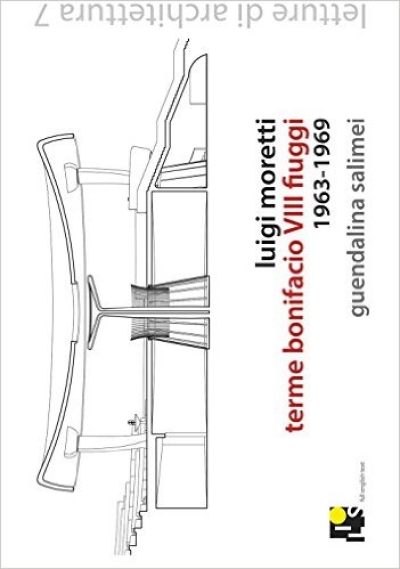
Luigi Moretti. Terme Bonifacio VIII Fiuggi 1963 - 1969
One of the last works from Luigi Moretti tells us many things about his final approach to one of the most actual themes studied by the architects of the XXI century: the landscape. Here Moretti succeeded to have a fusion between "subject" and "object" designing a building whose aim is to disappear, to become landscape itself. No surprise until we see that our architect work crosses many different historical periods keeping quite unchanged his method: from the fascism to the Seventies Moretti was coherent. From the Classical monumentalism of the fascist period to the baroque approach of the Fifties his work has always moved to the direction of perception of space more than mere formalism. The Guendalina Salimei's book reveals, for the first time, how one of the main instruments for the project is the "section". Taking the Michelangelo's lesson, all the masses float above, leaving the ground express as a free form of art.











